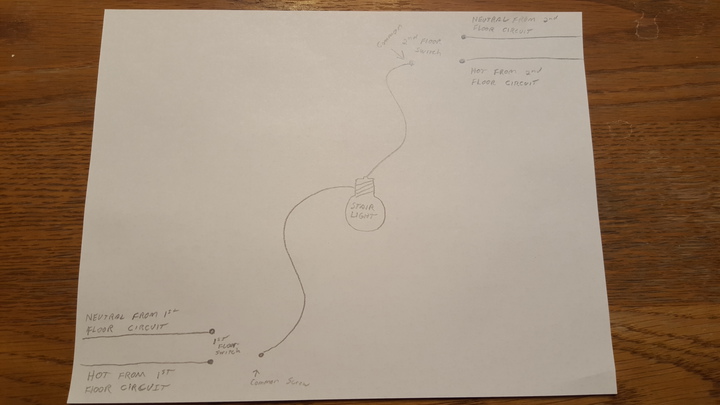Dave H (MI)
Well-known Member
I am rewiring a wall lamp in the farmhouse that has old cloth wires that are not in the greatest shape AND they are all white. Here is what I think I need to do, tell me right or wrong. When I wire the light socket, the black wire is hot and needs to go to the connector that contacts the center of the light bulb. The white wire is neutral and goes to the connector that contacts the metal threaded socket. Is that correct?
One more question, the guy that wired the house back in the 1930's received a hog for his labors. Can I use my multi meter to verify which are the hot and neutral wires? The old wires in the box are all black and were not connected when I took the fixture off the wall.
One more question, the guy that wired the house back in the 1930's received a hog for his labors. Can I use my multi meter to verify which are the hot and neutral wires? The old wires in the box are all black and were not connected when I took the fixture off the wall.


